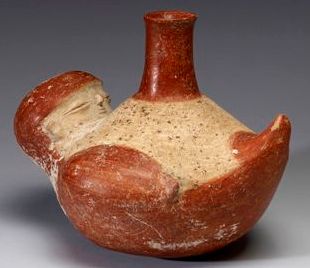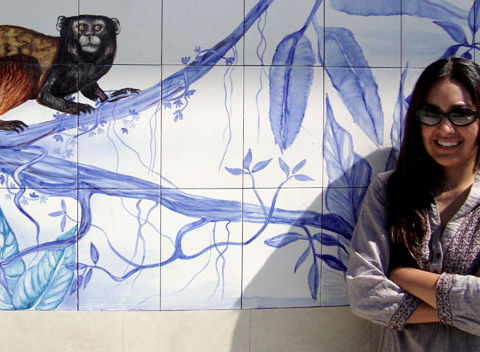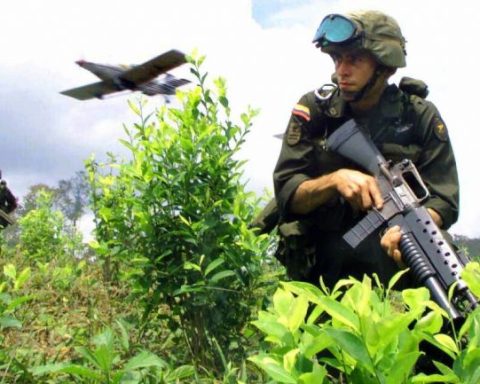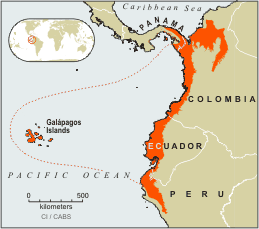By the look of the place you’d never guess half a million dollars of pre-Colombian art was buried beneath the mess. Stored on the bottom floor of a nondescript apartment in the Ecuadorian Andes, under an uncurled moldy mattress and boxes of broken electronics, are artifacts spanning the rise and fall of civilizations.
“These pieces have a power not for normal people to see,” an Ecuadorian archaeologist nicknamed Indiana told me. He unwraps the newspaper covering a vase sized cup, a wooden chalice called a Queeo, used by the Incas in human sacrificial ceremonies.
“It was used to drink the blood of a virgin but only once.” Indiana says running his finger over the hieroglyphs on the four hundred year old cup’s circumference. The engraved images show the virgin being bound and held by one priest as the second raises his sword, the virgin’s head is severed then held by the hair to drain the blood from her brain into the chalice. Value on the international black market: $10,000 – $15,000 USD
To my inexperienced eye, I note the apartment’s dusty conditions is far from ideal for ancient artifacts that should be under glass display, but Indiana assures me the pieces are spiritually “protected”. He points to a paper maché mold mounted on the wall, the blue elephantine head of Ganesh, and places another cigarette as tribute in the gaping pottery mouth of Ekeko, the Peruvian God of good luck. Indiana tells me if that’s not enough to protect the place from intruders, or the visibly encroaching mold, the bones of his dead uncle are also hidden in the apartment.
“I donated $30,000 worth of pieces to a government museum but they disappeared,” he says and then tries to persuade me to take promotional photos of several hundred Valdivias, ceramics found on Ecuador’s coast that come from one of the first peoples to settle in the Americas between 3500 BC and 1800 BC.
“People overseas appreciate and take care of this art more than people here.” he says. I agree with him.
The Plaza de los Ponchos in the Ecuadorian town of Otovalo is an indigenous market with everything from alpaca socks to authentic or fake antiques for collectors like Indiana that have the eye to spot the difference. Here Indiana meets a Swiss expat that trades in rocks: from shards of quartz, fools gold, and fossilized wood from Madagascar, to heavy Mexican masks made of Bromite.
Indiana tells him about his collection. The Swiss man makes a passing comment, nonchalant and easy to miss, about a contact back home with a penchant for the phallic ceramics that bestowed fertility on ancient Valdivia. A casual meetup come private showing is organized the next day.
If the Swiss agrees to do business what happens next is the ancient Valdivias will be taken by courier to the coastal town of La Pila. Like the town’s more famous neighbor Monticristi, which specializes in Ecuadorian Panama Hats, La Pila is a place where ceramics fresh from the kiln can be manufactured en masse for cheap. Here the priceless Valdivias will be packed with spin-off trinkets to camouflage the art en route to Zurich.
The ceramics of varying vintages will then be taken to the port city of Manta where one of Indianas’ guys will sign and send them overseas for a small three figure cut. Because its more dangerous to get artifacts out of Ecuador than into Switzerland, Indiana himself can pick them up in the Alps.
Once Indiana has the goods in Zurich he will make contact with the mark. “A personal introduction is worth much more than passing on a contact,” he says looking at his watch, “and of course an all expenses return trip from Quito to Zurich is included if he comes.”
But the Swiss doesn’t show and the Valdivias are left to collect dust with the bones of the archeologist’s crusty uncle a little while longer.







